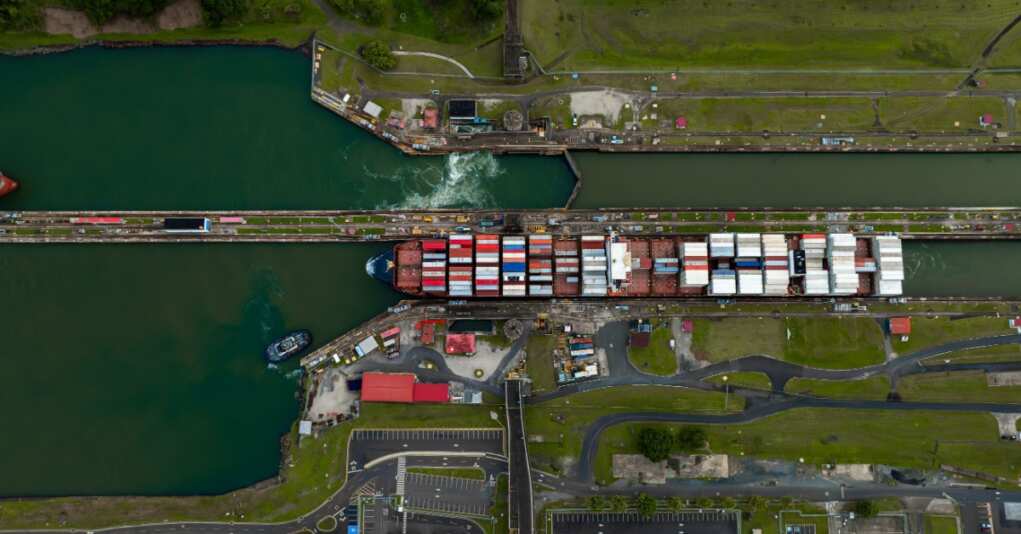Panama’s Canal Conundrum: Cutting China’s Strings After Rubio’s Diplomatic Dance

In a geopolitical plot twist that could make a telenovela jealous, Panama has decided to sever its ties with China’s Belt and Road Initiative. This decision comes hot on the heels of Secretary of State Marco Rubio’s recent visit, where he delivered a message that was less ‘diplomatic suggestion’ and more ‘ultimatum with a smile.’
For those keeping score at home, the Panama Canal isn’t just a picturesque waterway; it’s a critical artery of global commerce. Approximately 72% of the vessels navigating its locks are either coming from or heading to U.S. ports. So, when China started cozying up to Panama with infrastructure deals, eyebrows in Washington shot up faster than a toupee in a hurricane.
Enter Marco Rubio, the former Florida senator turned Secretary of State, on his inaugural international trip. His mission? To remind Panama that while friends are great, some friends come with too much baggage. In diplomatic terms, he emphasized that the current level of Chinese influence around the canal was ‘unacceptable’ and hinted at potential U.S. actions if things didn’t change.
Panama’s President, José Raúl Mulino, got the memo. In a significant policy shift, he announced that Panama would not renew its 2017 memorandum with China’s Belt and Road Initiative upon its expiration in 2026. Instead, Panama is looking to rekindle its relationship with the U.S., aiming to attract more American investments and strengthen bilateral ties. As Mulino put it, this visit ‘opens the door to build new relations’ and increase U.S. investments in Panama.
But let’s not kid ourselves. This isn’t just about business. The backdrop to this drama is a strategic tug-of-war between the U.S. and China. The Trump administration has been vocal about its concerns over China’s growing footprint in Latin America, viewing it as a direct challenge to U.S. influence in the region. The Panama Canal, handed over to Panama in 1999, remains a symbol of American engineering prowess and strategic interests. The idea of it slipping under China’s sway? Unthinkable for many in Washington.
Of course, not everyone is thrilled about Uncle Sam’s renewed interest in Panama’s affairs. The country has a long memory, recalling past U.S. interventions and the struggle for control over the canal. Recent protests in Panama City saw demonstrators chanting ‘Marco Rubio out of Panama!’ and burning images of U.S. leaders. It’s a stark reminder that while governments can make deals, winning hearts and minds is a whole different ball game.
In the grand scheme, Panama’s pivot away from China and back towards the U.S. is a win for American foreign policy. It underscores the effectiveness of the Trump administration’s assertive stance in countering China’s global ambitions. But it’s also a delicate dance. The U.S. must tread carefully to ensure that its actions are seen as supportive rather than domineering, respecting Panama’s sovereignty while safeguarding its own strategic interests.
As the world watches this unfolding narrative, one thing is clear: the Panama Canal remains as much a geopolitical flashpoint today as it was a century ago. And in this latest chapter, Secretary Rubio’s diplomatic overture has set the stage for a renewed partnership, reminding us all that in international relations, as in life, it’s all about who you choose to dance with.
